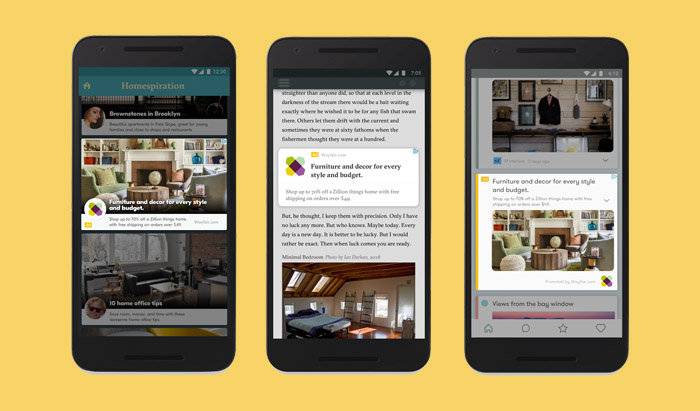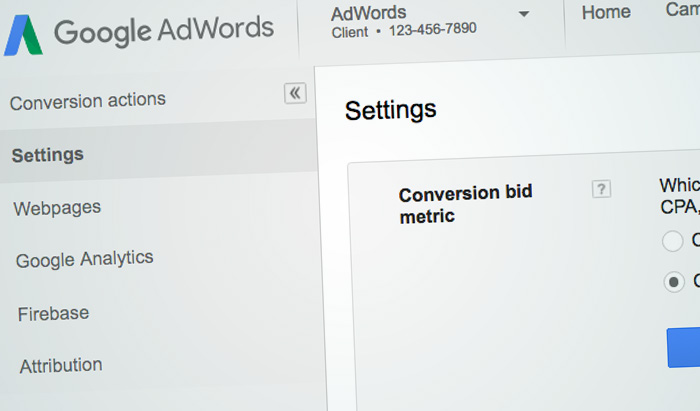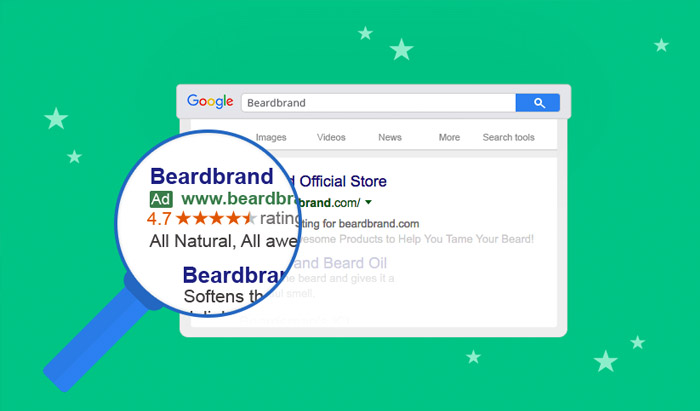
Google Introduce New Responsive Display Ads
Google Introduce New Responsive Display Ads /wp-content/uploads/Google-introduce-new-responsive-display-ad.jpg 700 411 Gravitate Digital Gravitate Digital /wp-content/uploads/Google-introduce-new-responsive-display-ad.jpgGoogle’s latest ad launch could really shake things up for advertisers this month as a new responsive display ad allowing greater control over branding is released.
With the ability to automatically adjust its own size and format to fit ad space on an impressive number of screen sizes, the new ad allows those within the Google Display Network to create compelling content without the need for a professional designer.
This effectively opens up the market and provides a real opportunity for small and medium sized businesses to design slick, streamlined ads that will allow them to compete with much larger corporations despite a lower marketing budget.
The new spec includes a 25-character headline with a further 90-character headline displaying only when sufficient space is available. A 90-character description, 25-character advertiser name, URL, and the ability to choose a unique image or logo – rather than Google appointing one from your user account or webpage – also feature.
Google commented: “With people now using an array of devices to access the internet, display ads need to fit seamlessly within websites and apps, while delivering a consistent customer experience. We built responsive ads for display to help your ads adapt to the increasingly diverse mix of content types and screen sizes.”
How do I create and preview a responsive display ad?
Easy to create and highly versatile, responsive ads can be generated through the AdWords interface using the drop-down menu. Following creation, users can preview how ads will appear in different sizes and formats before committing to their design.
These changes have been rolled out as part of Google’s plan to enrich user experience through the addition of several new features for advertisers in recent months. The introduction of Expanded Text Ads and the removal of right-sided PPC ads from search screens are just two examples of how Google continue to ensure consistent content optimisation across devices.
- Posted In:
- Uncategorised




